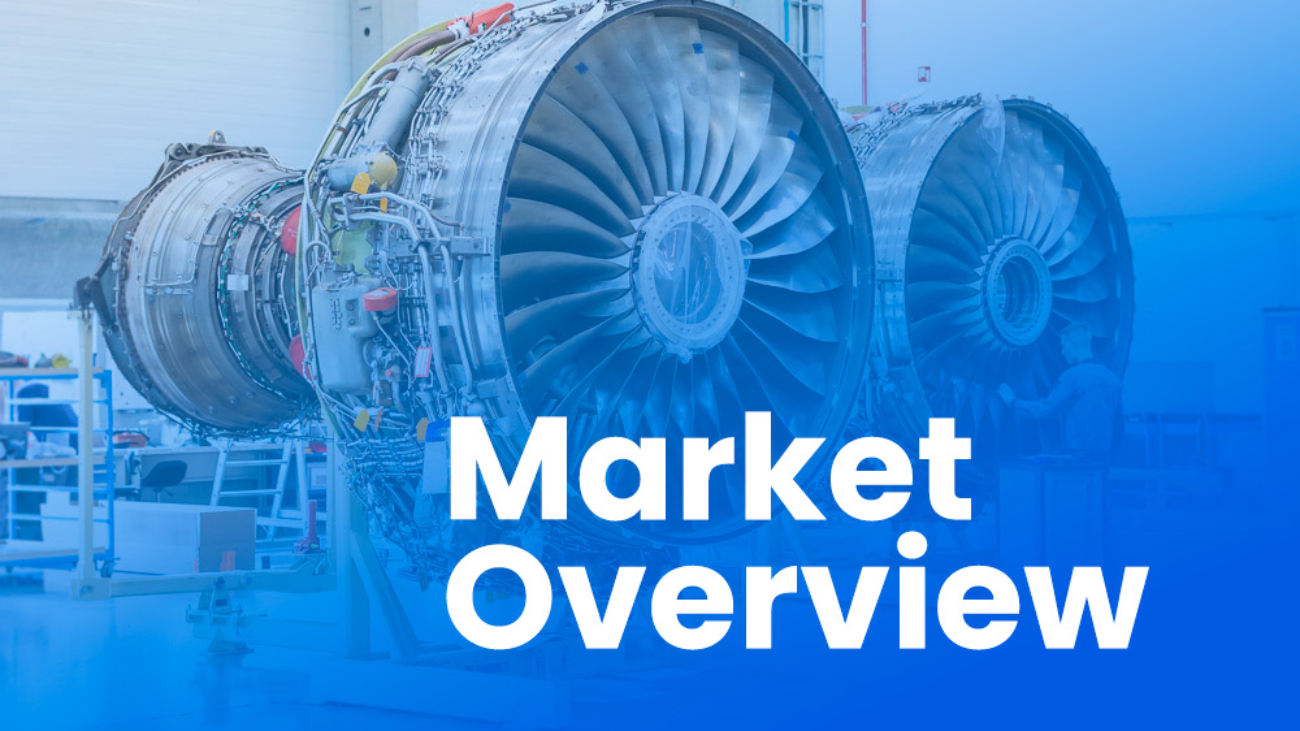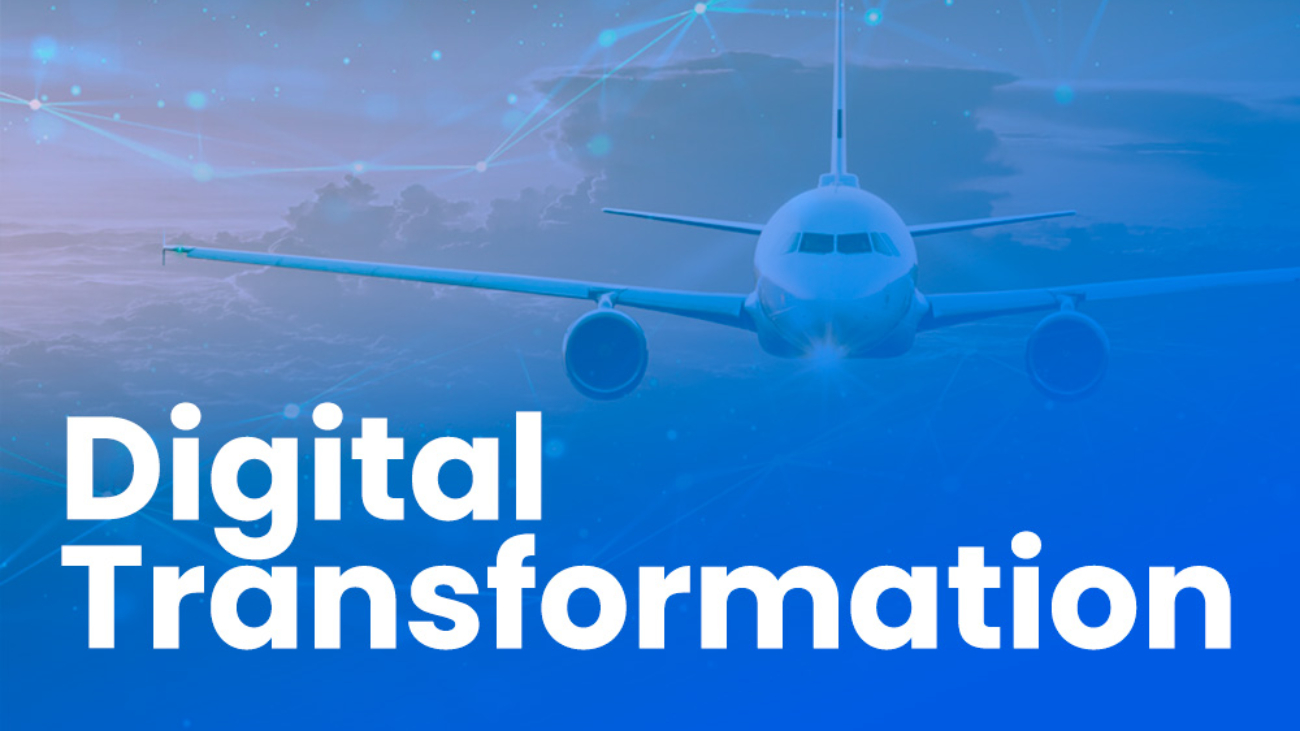Aircraft Aftermarket Parts Market Size was valued at USD 24.1 Billion in 2022. The Aircraft Aftermarket Parts Market industry is projected to grow from USD 25.94 Billion in 2023 to USD 46.71 Billion by 2032, exhibiting a compound annual growth rate (CAGR) of 7.63% during the forecast period (2023 – 2032). Increase in the number of commercial planes and the aerospace industry rapidly adopting 3D printing are the key market drivers enhancing market growth.
Market CAGR for aircraft aftermarket parts is driven by the growing number of individuals taking flight sky worldwide. Airlines are expanding their fleets to accommodate the ever-increasing air travel volume, both passenger and freight. There has been an increase in the flight operating duration of aircraft carriers, necessitating more frequent aircraft maintenance. Since poor maintenance can cost billions of dollars, airlines need a reliable system to keep their planes in good working order at all times. Concerns about delays in maintenance that could lead to accidents and incidents in the aviation industry are also driving the demand for prompt repairs of damaged parts among aircraft operators. It can aid the operators in reducing the potential for mishaps related to aircraft operations. Aircraft operators can avoid unnecessary expenses by performing scheduled maintenance on their planes at optimal times.
Additionally, aircraft of the next generation feature cutting-edge sensors for data collection and analysis in real-time. The collected information is then used to refine the predictive maintenance models and algorithms. In addition, the digitization of the MRO procedure has increased the accessibility of aviation aftermarket components and systems. Therefore, cutting-edge technologies like big data and the digitalization of processes in delivering aftermarket parts have enabled businesses to comprehend the unpredictability of airline orders better and make informed strategic decisions. The aftermarket for airplane components is expected to expand due to these factors over the next few years.
For instance, Middle Georgia Regional Airport in Macon, Georgia, is home to MHI RJ Aviation Group’s (MHIRJ) newest maintenance, repair, and overhaul (MRO) facility, expanding the company’s presence in the North American market. In addition, the MRO service provider’s West Virginia Service Center expansion project’s Phase 1 was finished in October 2022. As a result, demand for the aircraft aftermarket parts market is anticipated to increase throughout the projection period due to the rising aircraft fleet. Thus, the driving factor is aircraft aftermarket parts market revenue.
Aircraft Aftermarket Parts Market Parts Insights
The aircraft aftermarket parts market segmentation, based on parts, includes MRO parts, rotatable scrap, replacement parts, consumables, and expendables. In 2022, the MRO parts segment led the aircraft aftermarket parts market in revenue because as more and more complex planes enter service, there will be a greater requirement to provide ongoing maintenance for these planes worldwide.
The aircraft aftermarket parts market segmentation, based on application, includes commercial and military. The commercial sector is expected to develop at a CAGR of 7.63% over the projected period, making up the largest market share due largely to the growing number of aircraft used by airlines and freight companies and increased interest from airlines and aftermarket service providers has led to concerns about the availability and accessibility of commercial aircraft aftermarket Parts market parts.
By Region, the study provides market insights into North America, Europe, Asia-Pacific, and the Rest of the World. The North American aircraft aftermarket parts market will dominate this market because maintenance, repair, and overhaul (MRO) service providers can take credit for the expansion as they focus on the aftermarket’s increasing investment. In addition, the increasing need for PMA process standardization in the United States is also expected to expand the market in this region.
Further, the major countries studied in the market report are the US, Canada, German, France, the UK, Italy, Spain, China, Japan, India, Australia, South Korea, and Brazil.
Source Secondary Research, Primary Research, MRFR Database, and Analyst Review
Europe’s aircraft aftermarket parts market accounts for the second-largest market share because government regulations regarding the import and export of aftermarket components are being rewritten, which is a driving factor in the expansion of the business. Further, the German aircraft aftermarket parts market held the largest market share, and the UK aircraft aftermarket parts market was the fastest-growing market in the European region.
The Asia-Pacific aircraft aftermarket parts market is expected to grow at the fastest CAGR from 2023 to 2032. Due to digitalization, demand for commercial aircraft maintenance is expected to rise due to rising air traffic in the Region. Additionally, many countries are boosting their exports of aircraft components. Moreover, China’s aircraft aftermarket parts market held the largest market share, and the Indian aircraft aftermarket parts market was the fastest-growing market in the Asia-Pacific region.
Aircraft Aftermarket Parts Market Key Market Players Competitive Insights
Leading market players are investing heavily in research and development to expand their product lines, which will help the aircraft aftermarket parts market grow even more. Market participants are also undertaking various strategic activities to expand their footprint, with important market developments including new product launches, contractual agreements, mergers and acquisitions, higher investments, and collaboration with other organizations. To expand and survive in a more competitive and rising market climate, the aircraft aftermarket parts market industry must offer cost-effective items.
Manufacturing locally to minimize operational costs is one of the key business tactics manufacturer use in the aircraft aftermarket parts market industry to benefit clients and increase the market sector. In recent years, the aircraft aftermarket parts market industry has offered some of the most significant technological advancements. Major players in the aircraft aftermarket parts market, including AAR (US), J. Walter Aviation Limited (UK), Eaton (Ireland), Parker Hannifin Corporation (US), Aviall (US), Kellstrom Aerospace (US), General Electric (US), Honeywell International Inc. (US), Meggitt PLC (England), Collins Aerospace (US), and others, are attempting to increase market demand by investing in research and development operations.
AAR is a multinational provider of aftermarket services for the aerospace and defense industries in more than 20 nations. Aviation Services and Expeditionary Services are two of AAR’s business divisions that help both commercial and government clients. Maintenance, Repair, and Overhaul (MRO) Services, Original Equipment Manufacturer (OEM) Solutions, Integrated Solutions, and Parts Supply are all a part of AAR’s Aviation Services. The management of Mobility Systems is a part of AAR’s Expeditionary Services. Our aftermarket knowledge and innovative solutions have won multiple awards and are helping businesses save money without sacrificing quality or safety. In March 2023, AAR CORP, a major service provider for the aviation industry, signed a distribution deal with Cloud Cap Technology, a division of Collins Aerospace Mission Systems. Built on AAR’s civil and government ties, as well as its proven supply chain and sales support systems, this arrangement increases AAR’s footprint in the Unmanned Aerial System (UAS) sector.
Key Companies in the Aircraft Aftermarket Parts Market include.
- AAR (US)
- Walter Aviation Limited (UK)
- Eaton (Ireland)
- Parker Hannifin Corporation (US)
- Aviall (US)
- Kellstrom Aerospace (US)
- General Electric (US)
- Honeywell International Inc. (US)
- Meggitt PLC (England)
- Collins Aerospace (US)
Key companies in the plane Aftermarket elements market include.
- AAR (US)
- Walter Aviation restrained (UK)
- Eaton (Ireland)
- Parker Hannifin enterprise (US)
- Aviall (US)
- Kellstrom Aerospace (US)
- standard electric powered (US)
- Honeywell international Inc. (US)
- Meggitt p.c (England)
- Collins Aerospace (US)


